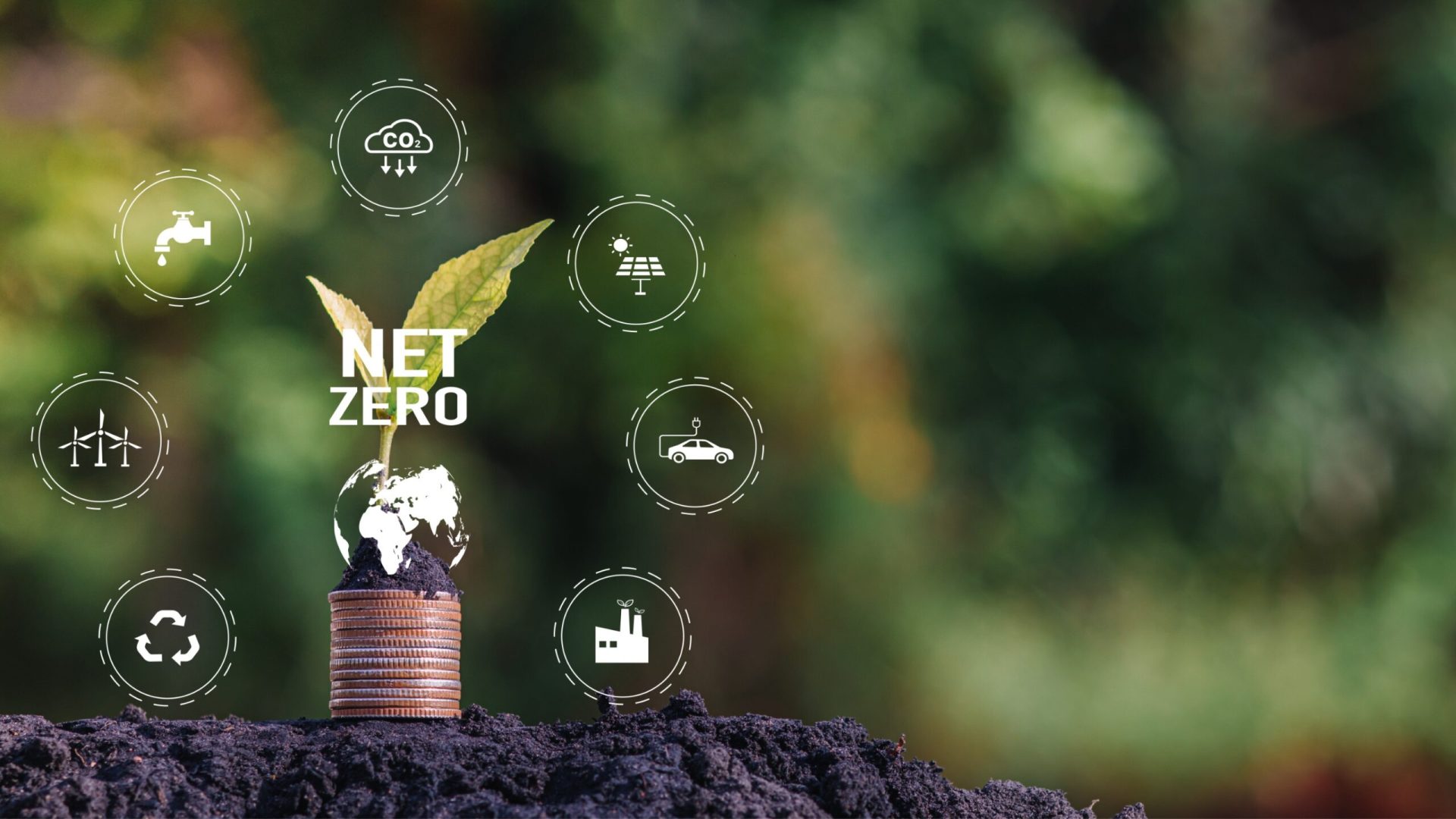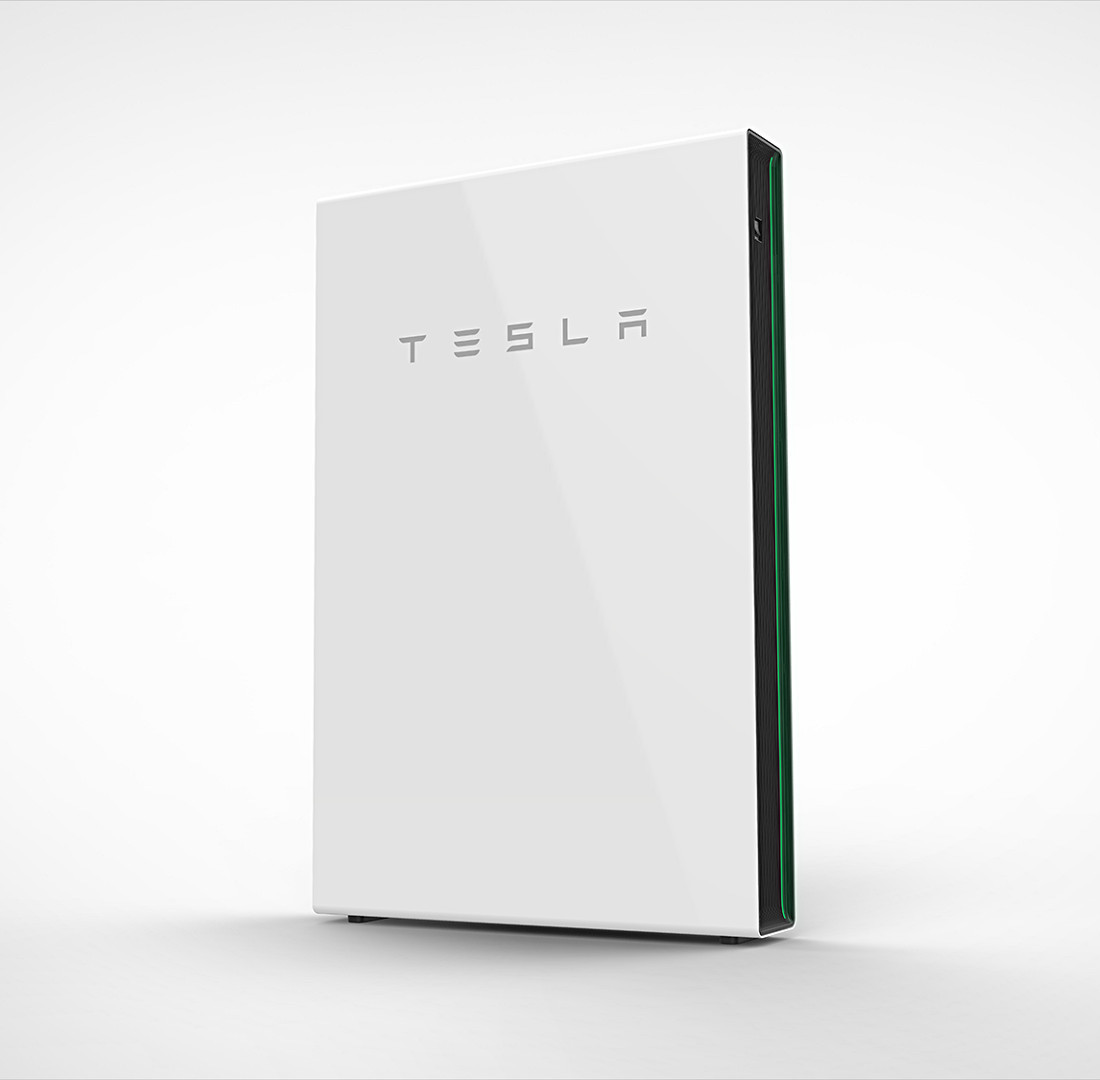A month on from COP26 – has anything changed?

Answer the questions below to start your quote
The 2021 United Nations Climate Change Conference, usually referred to as COP26, was the 26th meeting held at the SEC Centre in Glasgow, Scotland from 31st October to 13th November 2021. The conference aims to set the global agenda regarding climate change, with many long-term objectives agreed by a majority of nations.
But what was agreed? We have outlined the goals set by world leaders, to discuss how these targets will impact the industry and how realistic these proposed changes are.
According to the BBC, it was agreed that nations will meet next year to pledge further cuts to CO2 emissions. This is to attempt to keep temperature rises within 1.5C, as scientists stress this is vital to avoid irreversible environmental damage. Countries are being advised to come forward with ambitious 2030 emissions reduction targets that align with reaching net zero by the middle of the century – one of the key aims of COP26. This objective promotes encouraged investment in electric cars and renewable materials and a move away from coal usage; significantly something that hadn’t been discussed at COP previously.
However, is this ‘coal detox’ attainable in reality? With vast production in India and China solely reliant on coal as an energy source, it seems that moving towards exclusively sustainable energy may be a touch too ambitious in the years to come.
A recent article from CNN, reports on how China has actually increased its coal mining just to overcome their recent power shortages in homes and factories. Insistent demand for energy combined with strict limits on coal usage has meant supply being cut in some homes and even being trapped in elevators! Perhaps instead of ramping up production to combat the problem, authorities could invest in renewable energy such as solar and wind. Adopting greener sources of energy initially means these countries can then afford to ‘coal detox’ without bringing communities to a halt.
Evidently, the agreements discussed at COP26 are (for the moment) hypothetical; there is a long way to go before we can really see a reduction in coal usage. When nations are heavily reliant on non-renewable resources, alternative, more sustainable sources of energy have to take first priority before going ‘cold turkey’ on coal.
A worldwide reduction in emissions is no easy feat, especially for developing countries that may struggle to fund a sustainable alternative. As part of the initiative to ‘work together to deliver’ COP26 outlined an agreement to significantly increase money to help poorer countries cope with the detrimental effects of climate change and the shift towards clean energy, funded by more developed countries.
However, this pledge was previously agreed but not attained – richer countries failed to provide $100bn (£72bn) a year by 2020. Therefore, the actual delivery of this claim certainly comes into question. When the first initial goal has not been met, can we really expect to see a change in attitudes and funding in the future?
So, a month on from COP26 and the conversation has largely faded into the background. But are these new policies and plans being actioned in the silence, or is the agenda for the next conference getting longer…
Here at TLGEC, we want to be a part of the change. We already consistently provide sustainable, high-quality alternatives to homes and commercial properties all over the UK but we’re eager to do more! Stay tuned for updates on how we plan to do this in the new year.


